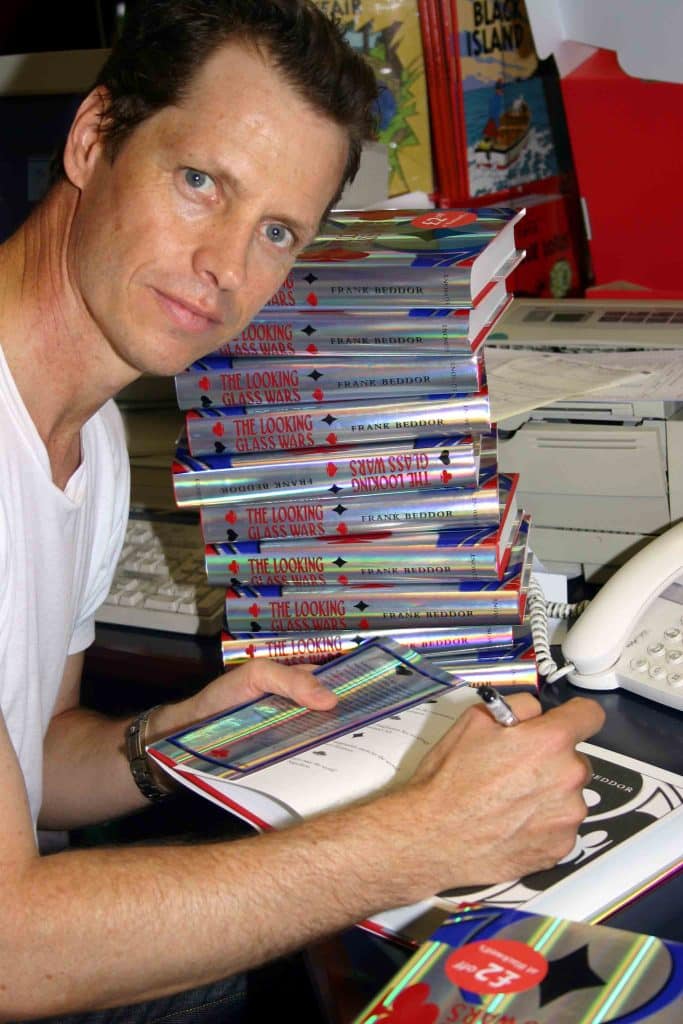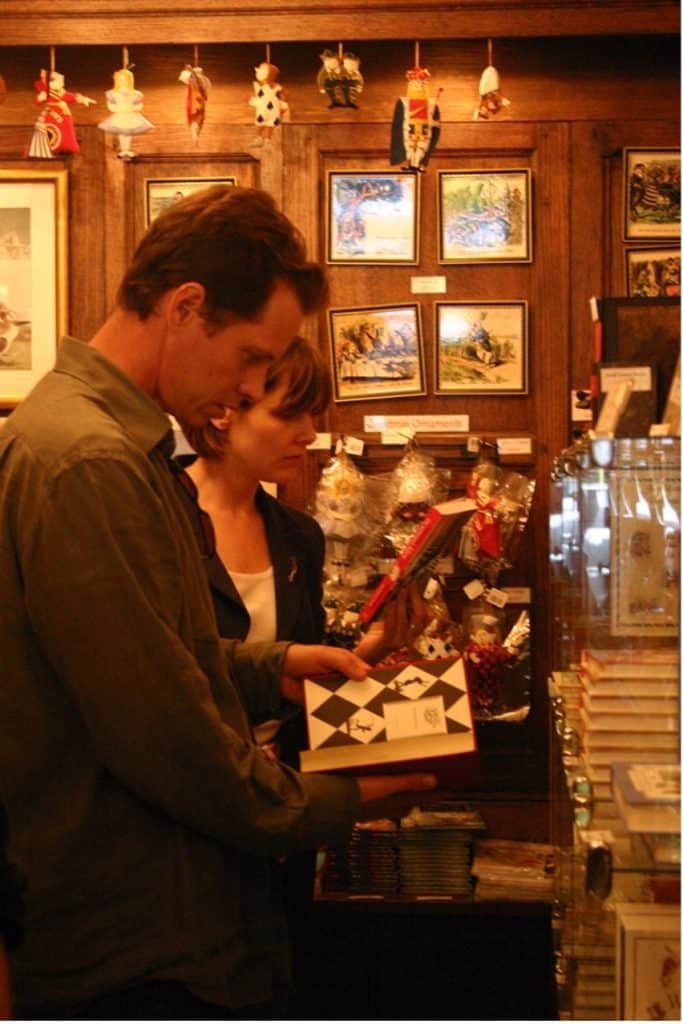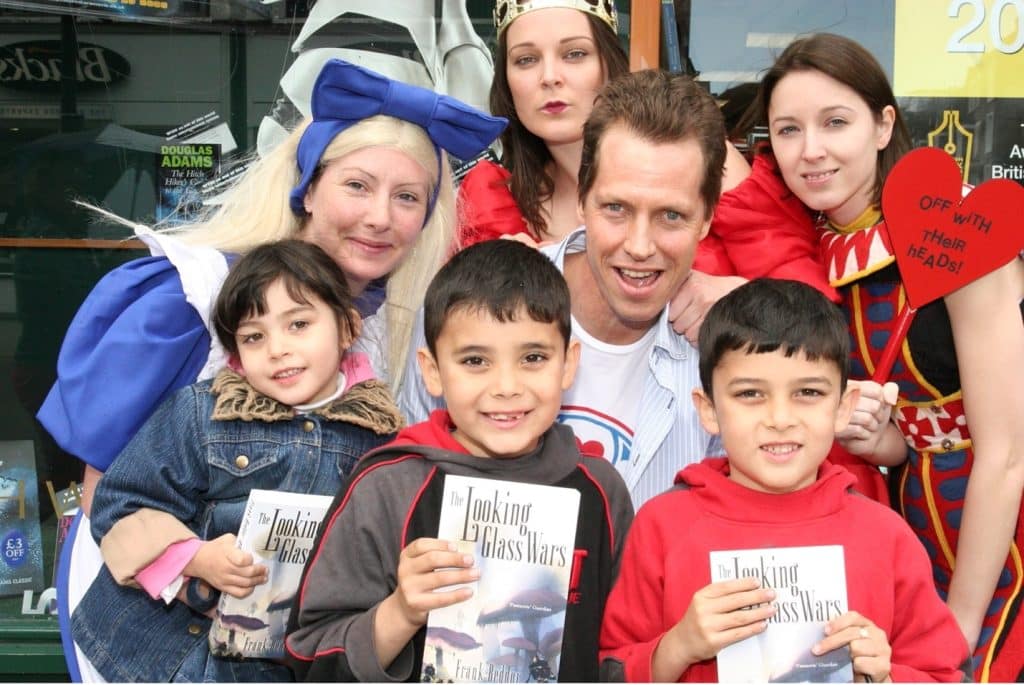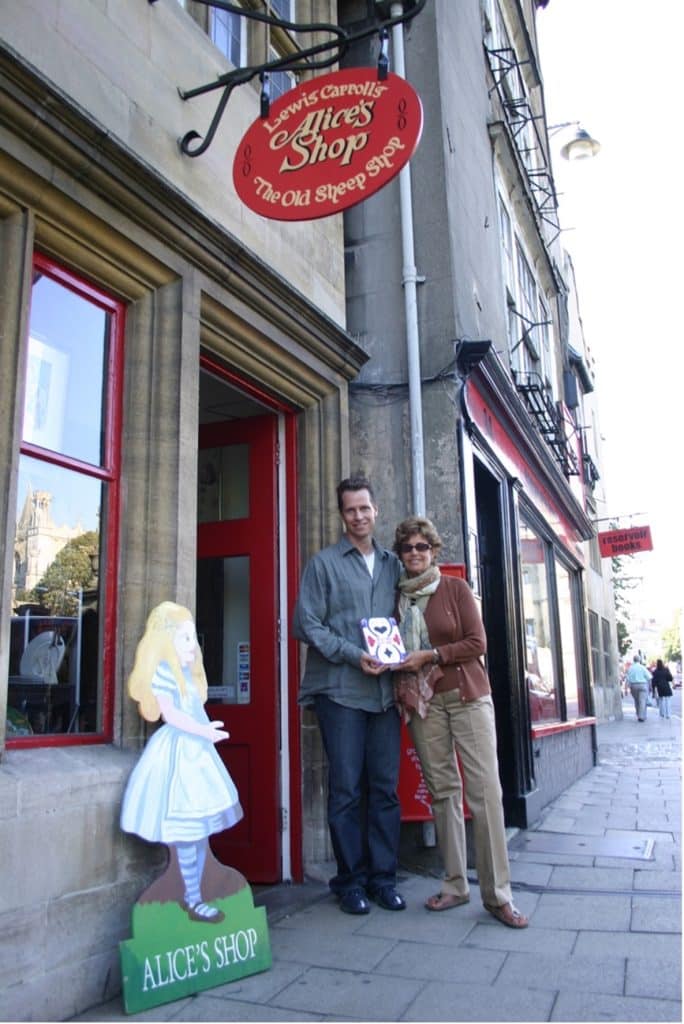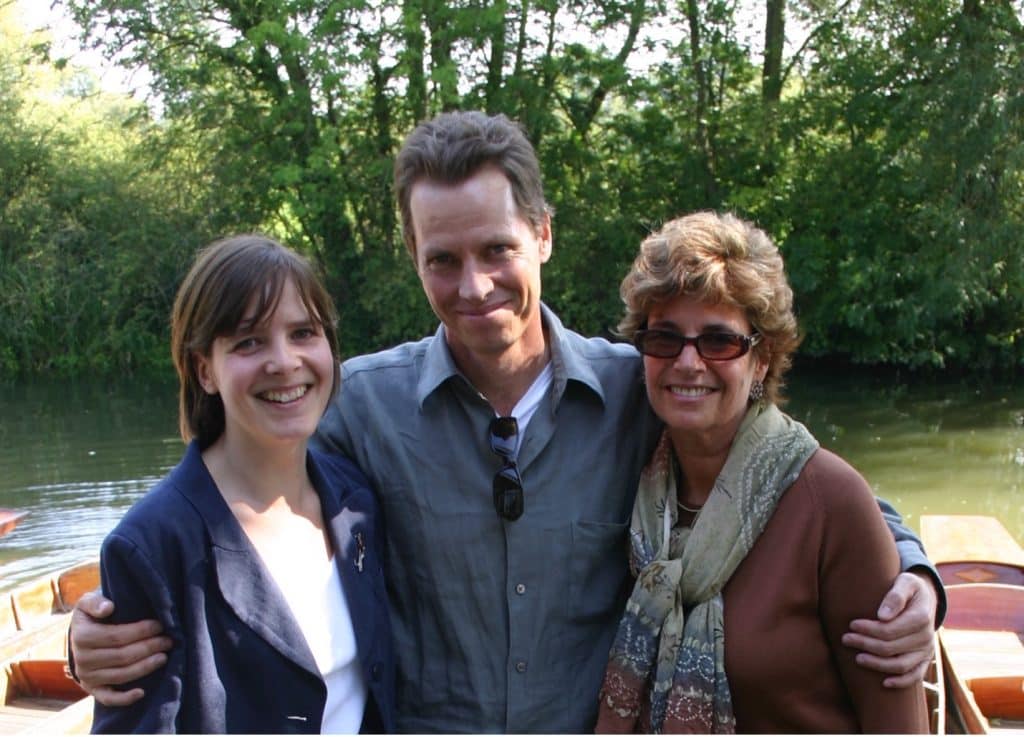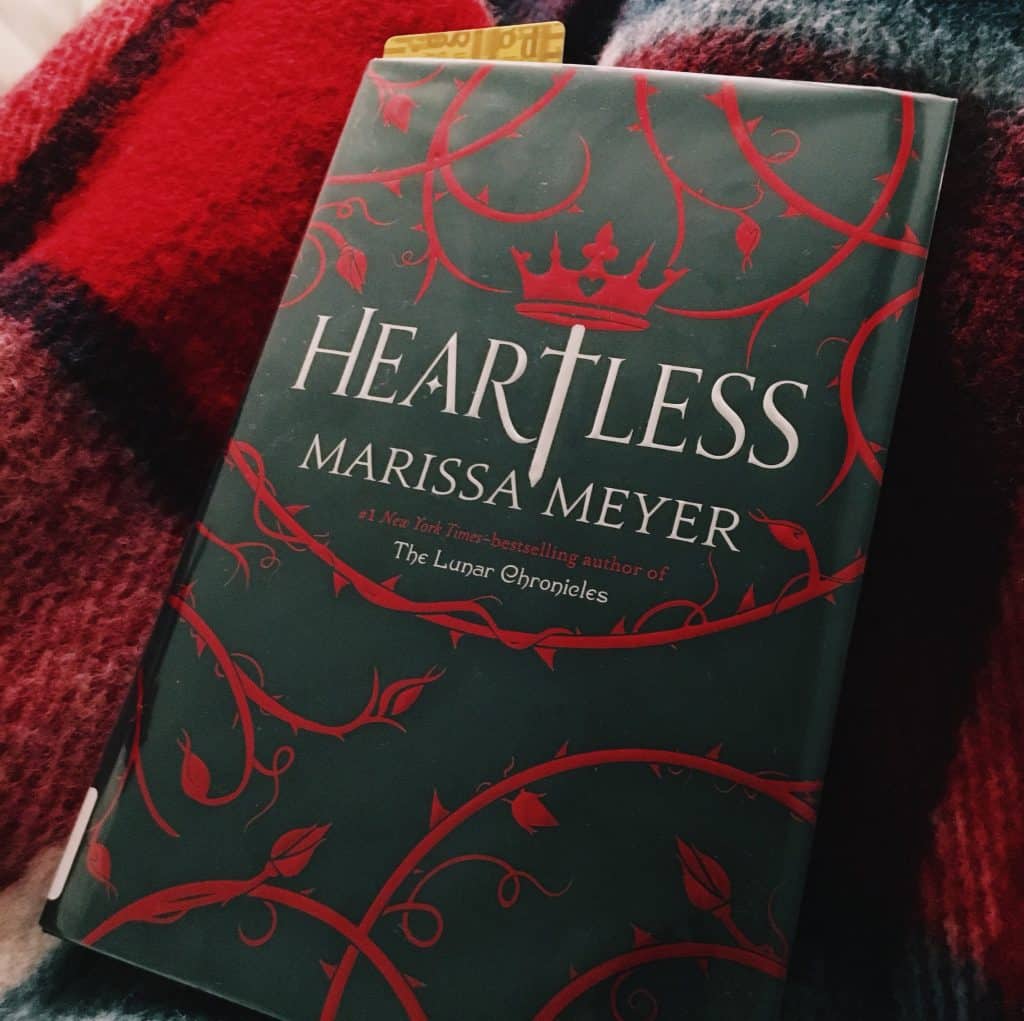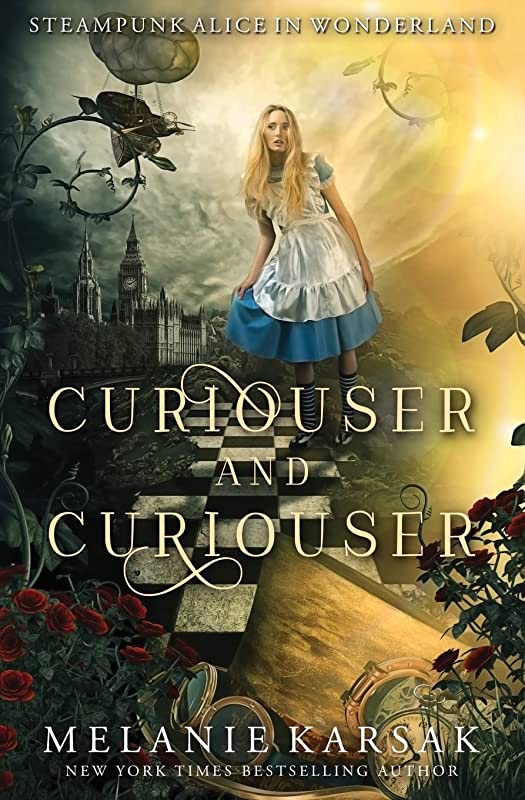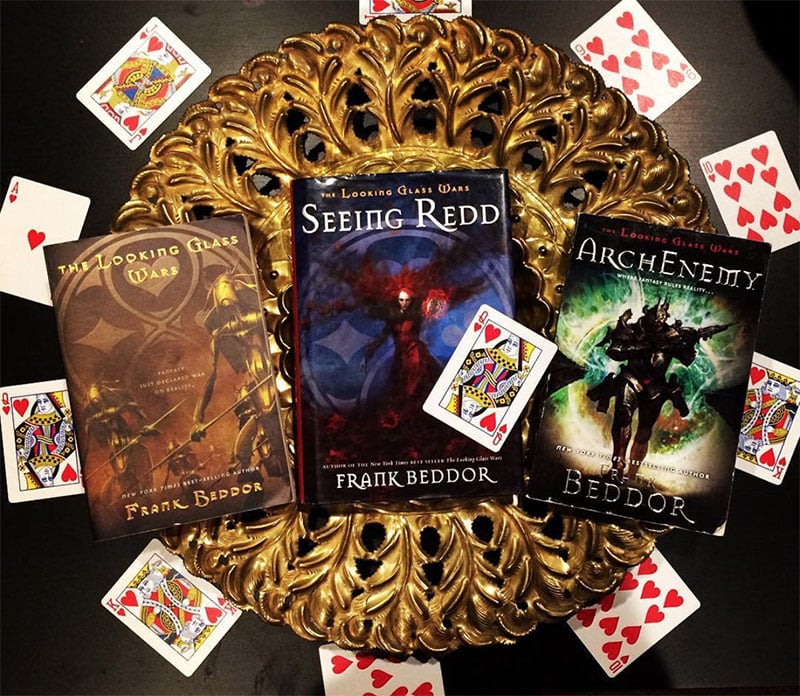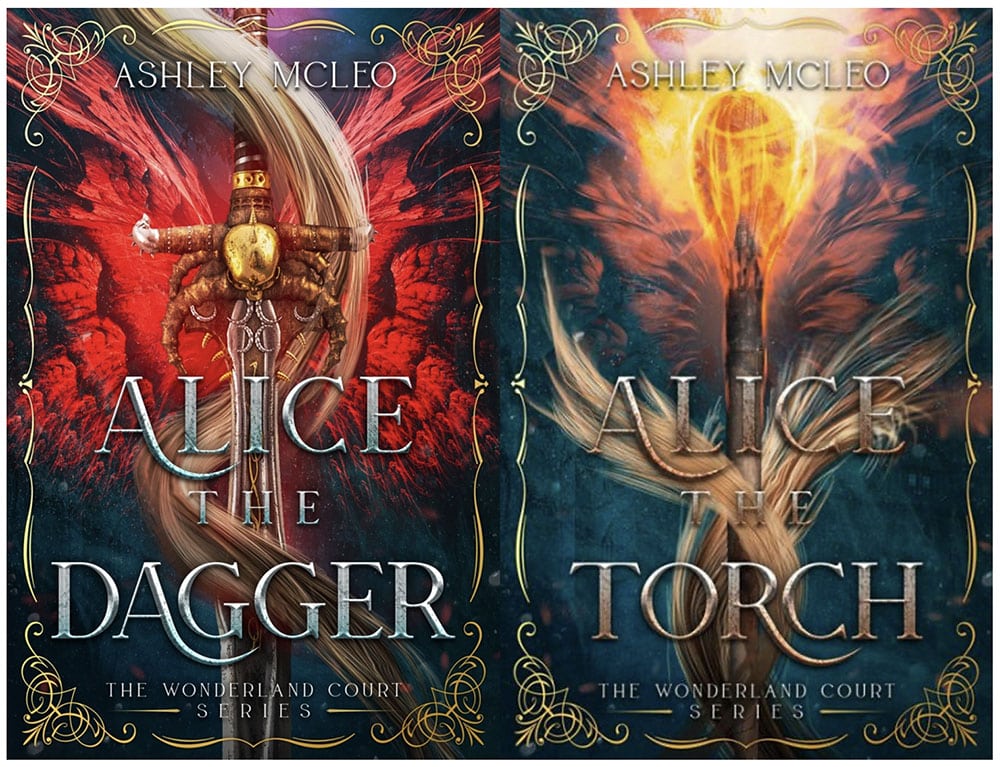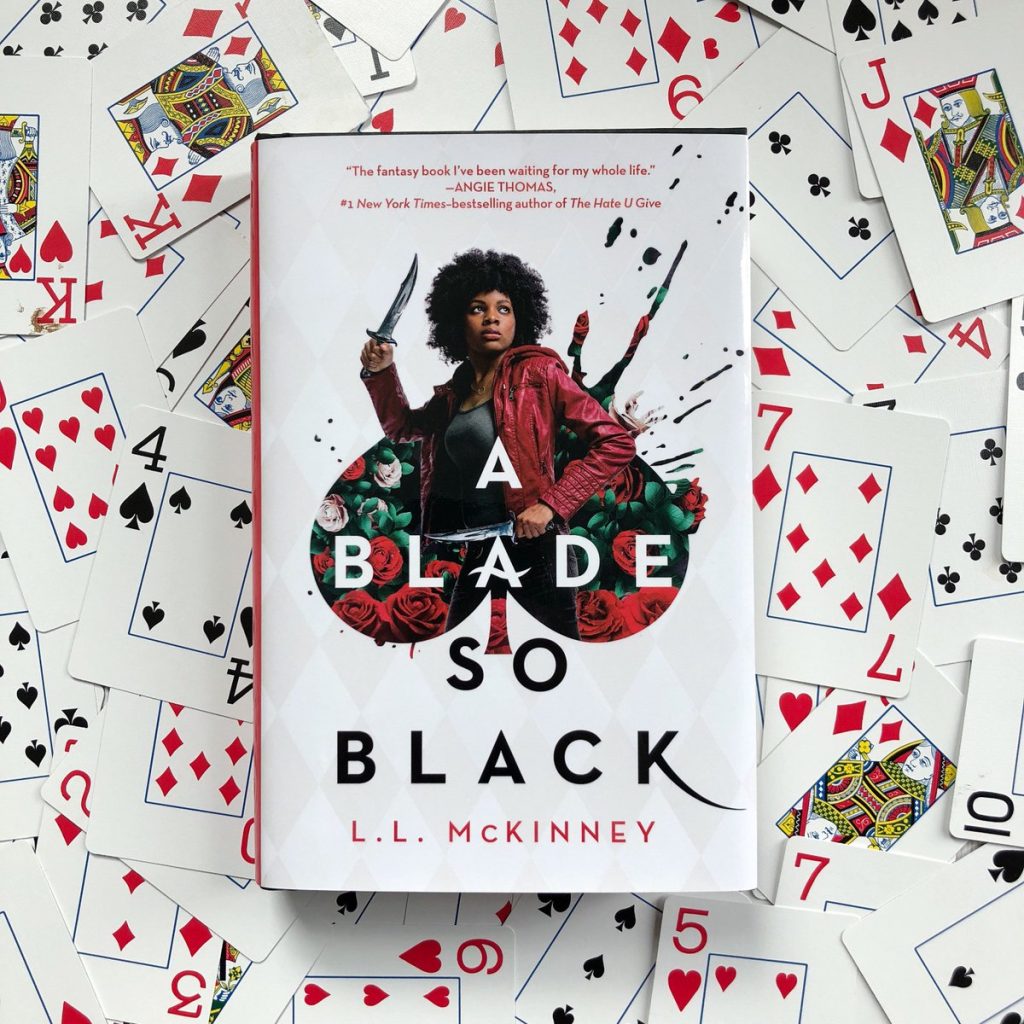8 Of the Best Booktokers to Follow
Hello all! As promised, we are back with part two; our list of favorite Booktokkers is here! Proceed with caution, as you will most likely lose many hours to the BookTok rabbit holes (pun intended) these book lovers will lead you down.
@thebooksiveloved
First, we have Pauline from @thebooksiveloved, a great place to start if you are only beginning to dip your toe into the world of endless literary content. This Booktokker absolutely loves her romance, as do we all. You will find great recommendations for some swoon-worthy reads on her channel. Check out all the romance novels she read in September alone! But be warned, we make no apologies for the amount of sleep you’ll lose every night while chanting “just one more page” as you try to ignore the sun coming up literally out of nowhere. And no, I’m not speaking from personal experience…
@ezeekat
And while you’re at it, do yourself a favor and check out Jaysen at @ezeekat, a great place to visit if you are looking to dive deeper into the bookish lifestyle. Sometimes, you just want someone to geek out with, and watching Jaysen’s content feels just like chatting with an old friend. From manga and anime reviews to toy unboxings, Jaysen has it all. You’ll even find the occasional board game review, or craft idea. Jaysen is one of BookTok’s most bubbly and personable individuals, and even his critiques make you smile. Check out his hilarious non-review of Rebecca Yarros’s popular Fourth Wing (2023).
@abbysbooks
Next, we have Abby of @abbysbooks, our friend from across the pond. On Abby’s channel, you’ll find content dedicated to depicting the real, everyday life of a book lover. The struggle of choosing between curling up with the latest book on your TBR, or binge-watching your favorite TV show is real. Not to mention the pure annoyance you feel when the dual perspective YA novel you’re reading changes back to the “boring” POV. Abby feels your pain, readers, and so do we. Abby is also an ambitious reader. Check out this video to keep up with her 100 books bucket list challenge. Maybe it will give you the motivation you’ve been needing to revisit that ever-growing TBR list.
@penguinteen
@penguinteen is another great place to visit while browsing through BookTok. If you’re not aware, Penguin Random House is a pretty big name in the publishing world, and Penguin Teen is its adolescent branch. But that doesn’t mean it can’t appeal to audiences of all ages. Whether you’re 16 or 36, a teen book is always a good idea. If you want to stay in the loop on all of the recent bestselling young adult novels, or revisit old staples like this timeless classic, this is the perfect channel for you.
@xtinemay
Before I go any further, I must make mention of my personal favorite literary influencer, Christine Riccio, known to her longtime Instagram and TikTok followers as @xtinemay, or as polandbananasBOOKS on YouTube. Christine’s “book talks” were my personal gateway into the online book community many years ago, and she is still doing great things to this day. Beginning as a book reviewer on YouTube, she is now a New York Times bestselling author of her own romantic comedy, coming-of-age young adult novels, beginning with Again, But Better (2019), followed by Better Together (2021). Fans are anxiously awaiting her third such novel Attached at the Hip, which will be hitting shelves on May 21, 2024.
Christine is truly one of the best people to grace the internet. She has been cheering hearts and lifting spirits with her upbeat, hilarious videos since forever. She is guaranteed to climb straight to the top of your list of favorite channels, and she offers no shortage of variety. From book-writing vlogs to reviews of Sarah J Maas books to sibling Q+A’s, she has it all. She even occasionally takes us to an Eras Tour concert with her. Either way, it’s always a good time.
@munnyreads
@munnyreads is also a great place to stop for good vibes. Along with being a Booktokker, Kelsey is also a middle school teacher, and a fun one at that. She is always posting videos featuring her students, challenging them to make her laugh with their adolescent antics. It’s a silly goofy time. Kelsey is also a crafty book lover, as some of her videos show her homemade bookmarks and personally painted book edges. She is also not afraid to post an honest, authentic book rant like this, and it’s pretty hilarious. Plus, she has a very aesthetically pleasing bookshelf.
@jennajustreads
Still, no one’s bookshelf is quite as visually satisfying as Jenna’s rainbow, ombre shelves at @jennajustreads. Any book lover knows the significance of a crafty bookshelf. It can make or break a Booktokker. Jenna’s shelves do not disappoint, and neither does her channel. Visit her channel for reviews and other relatable bookish content, and the occasional trip to Barnes and Noble. Don’t you love it when Booktokkers take us on adventures with them?
@sydneyyybooks
Speaking of adventures, Sydney of @sydneyyybooks will take you on a wild ride through all things horror and suspense. With somewhat of a darker, spooky theme to this channel, it is the perfect place to visit during Halloween season. Sydney’s passion for the genre comes out visually, with her signature dark purple lighting and horror-filled bookshelves in every video. She admits there are some books even she is scared to read! (Although, not many.)
With all of these great Booktokkers to choose from, it’s hard to know which channel to visit. It’s a good thing you don’t have to choose. Take these eight names and run with them. Subscribe to them all! They might even take you to channels that are new altogether. You’ll soon find out that the BookTok community is one of the best and most welcoming places on the internet. It’s just one big book club. At the end of the day, we’re all just little book worms that like to chat about our favorite fictional characters. Because when you share them with someone else, they feel even more real.
Meet the Author:

Marissa Armstrong is a Los Angeles native and currently a student at Arizona State University, where she majors in Film and English. Her brand of dark comedy stems from an appreciation of both the light and the dark in humanity. It is her purpose to use her storytelling wiles to celebrate all things tragically hilarious. Or hilariously tragic.
